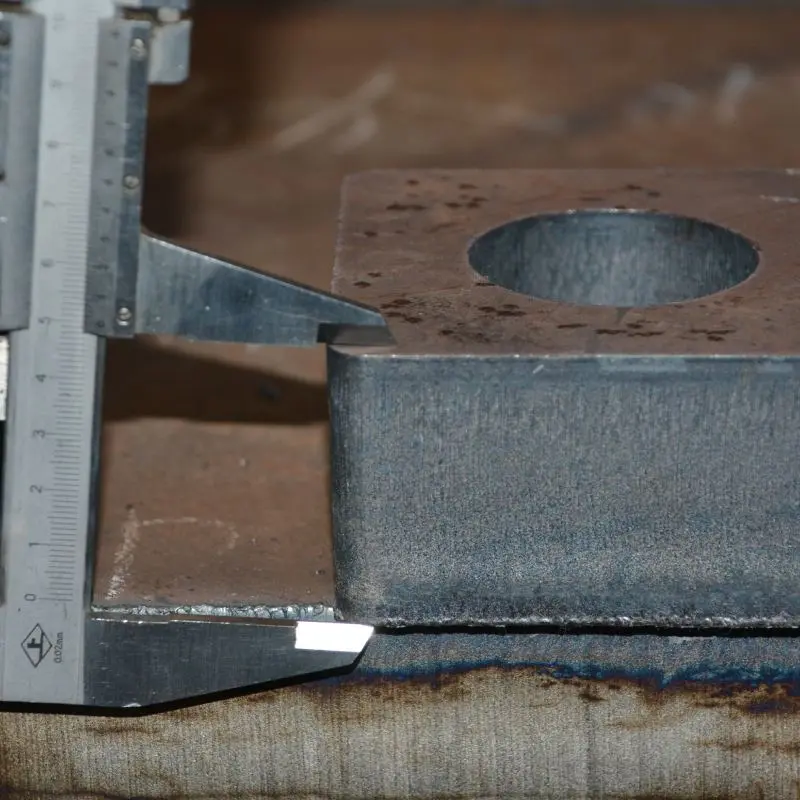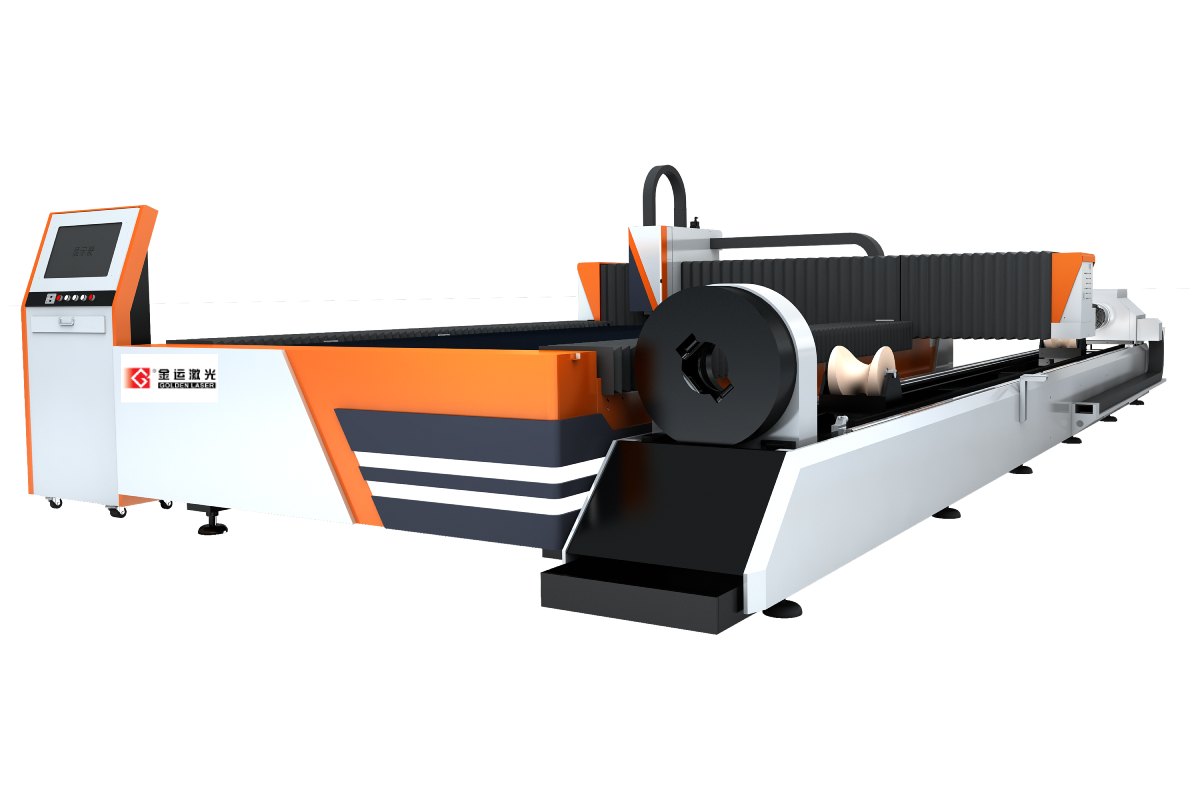In the realm of industrial manufacturing, few machines are as crucial as the steel cutting machine. These robust and highly specialized tools have changed the landscape of metal fabrication, enabling precise cuts in a fraction of the time it would take using manual methods. As industries continue to evolve, so too does the technology surrounding steel cutting machines, which are now equipped with advanced automation, enhanced safety features, and greater versatility, securing their place in factories around the world.
**Understanding Steel Cutting Machines**
At its core, a steel cutting machine is designed to cut various types of steel into specified sizes and shapes. These machines come in different varieties, including band saws, plasma cutters, laser cutters, and water jet cutters. Each type has its own unique capabilities, suited for different applications within manufacturing, construction, and metalworking.
1. **Types of Steel Cutting Machines**

Revolutionizing Metal Fabrication: The Enhanced Efficiency and Precision of Modern Steel Cutting Machines
– **Band Saws**: These machines use a long blade with teeth that runs on two wheels, providing continuous cutting motion. Band saws are ideal for straight cuts and can handle various thicknesses of steel. Their versatility makes them a popular choice for many fabrication tasks.
– **Plasma Cutters**: Utilizing a high-velocity jet of ionized gas, plasma cutting machines create precise cuts in conductive materials, including steel. This method is particularly favored for intricate designs and quick cutting speeds, making it valuable in a production environment.
– **Laser Cutters**: Laser technology has revolutionized the cutting process. Laser cutters use focused light beams to melt or vaporize the material being cut, allowing for extreme precision. They are ideal for complex shapes and are often used in applications where detail is paramount.
– **Water Jet Cutters**: Employing high-pressure water mixed with abrasive materials, water jet cutting is a non-thermal process that prevents heat-affected zones. This feature is critical when dealing with materials that can warp or degrade from heat.

Revolutionizing Metal Fabrication: The Enhanced Efficiency and Precision of Modern Steel Cutting Machines
2. **Efficiency and Speed in Production**
Modern steel cutting machines have considerably increased the speed and efficiency of metal fabrication. Automated systems equipped with computer numerical control (CNC) technology allow for highly precise cutting according to predefined specifications. Operators can input detailed designs, and the machine can execute complex patterns without the need for manual intervention.
This automation not only enhances productivity but also minimizes human error. A properly calibrated CNC steel cutting machine can cut countless components in a fraction of the time it would take a skilled laborer to complete manually, allowing businesses to scale up production without sacrificing quality.

Revolutionizing Metal Fabrication: The Enhanced Efficiency and Precision of Modern Steel Cutting Machines
3. **Safety Features and Innovations**
Another critical aspect of modern steel cutting machines is the emphasis on safety. Traditional methods often posed serious risks, including injuries from blades or accidental exposure to heat. However, with the introduction of better safety features, manufacturers are taking proactive steps to ensure the well-being of operators.
Robust safety features could include emergency shut-off switches, protective guards, and automatic shut-offs that activate if a malfunction is detected. Furthermore, the development of remote-operated systems allows operators to control the cutting processes from a safe distance, reducing the risk of accidents in the workplace.
4. **Versatility Across Industries**
The versatility of steel cutting machines extends across various industries such as construction, automotive, aerospace, and even art. Their ability to cater to specific needs has made them indispensable in any manufacturing setup. For instance, a steel cutting machine may be used in constructing massive bridges, intricate automotive parts, or even state-of-the-art sculptures.
5. **Future Trends in Steel Cutting Technology**
As we look towards the future, advancements in technology promise to further enhance the capabilities of steel cutting machines. Integration of artificial intelligence (AI) will enable machines to learn from previous jobs, optimizing cutting paths and minimizing waste. Additionally, developments in sustainability and energy efficiency are on the rise, with manufacturers exploring eco-friendly alternatives to traditional cutting methods.
In conclusion, the importance of steel cutting machines in modern manufacturing cannot be overstated. Their ability to combine precision, efficiency, and safety makes them an invaluable asset across multiple industries. As technology continues to innovate, we can anticipate a future where these machines will become even more sophisticated, contributing to a faster, safer, and more efficient metal fabrication landscape. With continuous advancements on the horizon, steel cutting machines will undoubtedly shape the future of manufacturing. Dual use Laser Cutting
